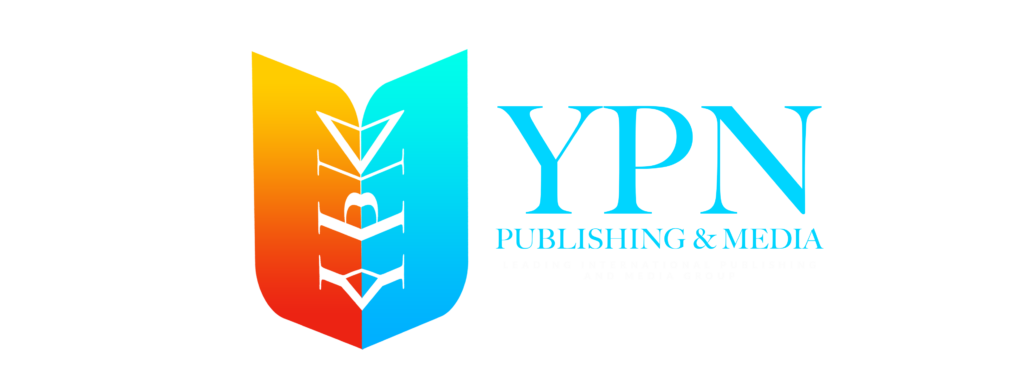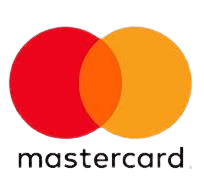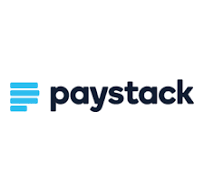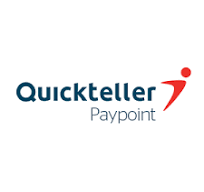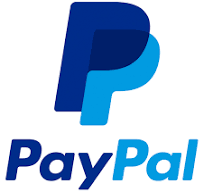Self-publishing is like setting sail on a new adventure. It’s exhilarating, empowering, and, let’s face it, a little bit intimidating. The freedom of self-publishing means you get to take the wheel—no middlemen, no gatekeepers—just you, your creativity, and your book ready to reach the world. However, there’s one big question that looms over every aspiring author: How do I avoid sinking my finances in the process?
You’ve got the story, the passion, and the drive, but the financial burden of self-publishing can be overwhelming. The last thing you want is to empty your savings account and end up with a pile of unsold books sitting in your garage. Fear not! With the right strategies, you can self-publish your book without breaking the bank. Let’s break down how you can make your book a success—without losing your shirt in the process.
1. Get Real About Your Budget—Don’t Let Your Dreams Break the Bank
First things first, let’s talk about money. It’s easy to get carried away with grand visions of bestseller lists, worldwide distribution, and fame. But before you take the plunge, sit down with a solid, realistic budget plan. Consider this your treasure map—knowing where your money goes is key to staying afloat.
What Should Your Budget Cover?
- Editing Costs: Think of editing as the ship’s anchor—it’s what keeps your book grounded in quality. The last thing you want is to put out a book full of typos, awkward sentences, and inconsistencies. Sure, professional editing might cost a little, but trust me, it’s worth it. Your readers will notice.
- Cover Design: They say “don’t judge a book by its cover,” but let’s face it—everyone does! A sleek, professional cover design will make your book irresistible. You don’t have to spend a fortune; there are affordable designers out there who will give your book the face it deserves. You know what, you can put your trust in YPN Publishing and Media to do all these for you.
- Printing: If you’re planning on releasing physical copies, printing costs are an unavoidable part of the process. But don’t worry, we’ll show you how to make this manageable.
- Marketing: Ah, marketing—the wild ocean where many authors feel lost. But fear not, there are affordable ways to spread the word, and you can keep your marketing budget under control while making waves.
2. Print-On-Demand (POD): No Need for a Giant Print Run
Picture this: you’re about to self-publish, and you’ve been told you need to print thousands of copies of your book upfront. Scary, right? What if they don’t sell? Enter Print-On-Demand (POD), your financial lifesaver. POD allows you to print copies only when they’re ordered—no upfront printing costs, no giant piles of unsold books, and no worries about inventory.
Why POD is Your Best Friend:
- Zero Upfront Costs: With POD, you don’t pay for a stack of books that might not sell. You only print when someone orders a copy, so your risks are minimal.
- No Storage Woes: Because books are printed as needed, there’s no need to worry about where to store a mountain of books in your garage. No more clutter or stress about finding space.
- Worldwide Reach: Whether you’re in Lagos or London, POD services offer global distribution. Your book can be available in countries you’ve never even been to.
3. eBooks: The Ultimate Cost-Saving Publishing Tool
Let’s talk about the eBook, the unsung hero of the self-publishing world. It’s affordable, it’s fast, and it’s the perfect way to get your book out there without breaking the bank. Publishing an eBook means no printing costs, no shipping fees, and—most importantly—no need to worry about the logistics of a physical book.
Why eBooks Are a Game-Changer:
- No Printing Costs: Forget about printing fees or stocking inventory. You can upload your eBook on platforms like Amazon KDP and start making sales right away.
- Instant Distribution: Once your eBook is live, readers can instantly download it, which means faster profits for you. No more waiting weeks for physical shipments!
- High Royalties: Platforms like Amazon KDP offer royalty rates of up to 70%, meaning you keep a healthy chunk of each sale. That’s money in your pocket, not the publisher’s!
4. Marketing on a Budget: Getting Creative Without Emptying Your Wallet
Now, let’s address the elephant in the room—marketing. It’s true, marketing can be expensive, but it doesn’t have to be. You just have to get creative and think outside the box. Luckily, there are tons of low-cost marketing strategies that are effective and can help you get your book in front of the right audience.
Low-Cost Marketing Strategies That Work:
- Social Media Magic: Whether it’s Instagram, Twitter, or Facebook, social media is a powerful tool for authors. Share sneak peeks, behind-the-scenes photos, and even engage with your readers directly. It’s free, and it’s a great way to build a loyal following.
- Email Marketing: Building an email list is one of the smartest ways to market your book. Services like Mailchimp offer free plans to help you stay in touch with your audience and keep them excited about your book launch.
- Blogging & Guest Posting: A well-written blog can work wonders for driving traffic to your book’s website. Even better—write guest posts for other blogs in your genre. This not only helps you connect with new readers, but it’s also a great way to boost your SEO (Search Engine Optimization).
5. Learn from Free Resources—Knowledge Is Power
You don’t have to pay for every piece of advice in the self-publishing world. There’s a wealth of free resources available to guide you on your journey.
Free Resources Every Author Should Use:
- YouTube: YouTube is like a treasure chest full of self-publishing tutorials. You can learn everything from manuscript formatting to book marketing strategies—without spending a penny.
- Author Communities: There’s no need to reinvent the wheel. Join forums, Facebook groups, or Reddit communities where experienced authors share their tips and tricks. It’s an invaluable source of advice and inspiration.
- Podcasts & Blogs: Many authors and industry experts offer free content in the form of podcasts and blogs. You can learn everything from writing tips to marketing strategies, all for free.
6. Don’t Skimp on Professional Editing
If there’s one area where you can’t afford to cut corners, it’s editing. A well-edited book is a polished gem that will shine bright among the competition. Sure, editing can be pricey, but it’s a necessary investment that will pay off in the long run.
Affordable Editing Options:
- Freelance Editors: You don’t have to hire a big-name editing firm. Websites like Fiverr and Upwork offer affordable editing services from talented freelancers.
- Peer Review & Beta Readers: Don’t overlook the value of peer reviews. Get other authors or readers to give you feedback before sending your book to an editor. It’s a great way to catch errors early.
7. Crowdfund Your Publishing Journey
If you’re struggling to afford the costs of self-publishing, crowdfunding is a creative way to raise money for your project. Platforms like Kickstarter and GoFundMe let you pitch your idea to potential supporters who believe in your book and want to help bring it to life.
Crowdfunding Tips for Success:
- Create a Compelling Story: Your crowdfunding campaign should tell a story about why your book matters and how it can impact others.
- Offer Rewards: Give backers a reason to support you—offer early access, signed copies, or other exclusive rewards for their contributions.
8. Build Your Author Platform Early
Building an author platform takes time, but it’s an investment that will pay off. The larger your platform, the easier it will be to sell your book when the time comes.
How to Build Your Platform:
- Post Regularly: Consistent content creation is key to growing your audience. Share blog posts, social media updates, and videos that resonate with your target readers.
- Engage with Your Audience: Reply to comments, messages, and emails. Building relationships with your readers will lead to long-term loyalty.
- Collaborate: Work with other authors in your niche to expand your reach. Co-host events or cross-promote each other’s books.
9. Set Realistic Expectations and Track Your Progress
Finally, keep in mind that publishing a book is a marathon, not a sprint. Set realistic expectations for your book’s success and monitor your progress along the way.
Track Your Book’s Success:
- Analytics Tools: Use sales data from Amazon or other platforms to track how your book is doing. This will help you understand what’s working and where you need to adjust.
- Reader Feedback: Pay attention to what readers are saying about your book. Reviews and feedback can give you valuable insights into what resonates with your audience.
Keep Calm and Self-Publish Smartly
Self-publishing doesn’t have to be a financial gamble. With the right strategies, a clear budget, and a little bit of creativity, you can publish your book without draining your bank account. Ready to take the plunge and publish your masterpiece? Contact YPN Publishing and Media for expert support and guidance to help you navigate the self-publishing waters.
For more information about our services, visit YPN Publishing and Media.
